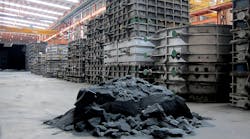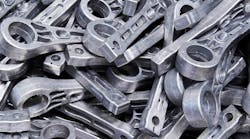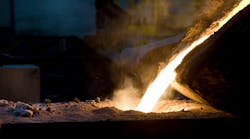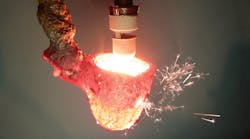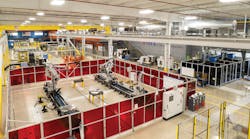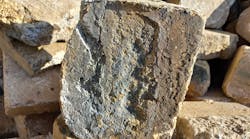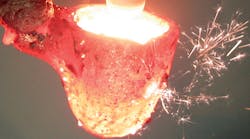Teksid contracted SinterCast AB to expand the capacity and improve the functionality of the CGI process control system at its automotive foundry in Monclova, Mexico. The order calls for the Swedish developer to install automated base treatment for “intensified pre-production” of industrial power components, and continuing product development efforts for commercial vehicle components.
SinterCast develops the control technology used by foundries to produce compacted graphite iron (CGI), a lightweight alternative to gray iron and aluminum used mainly for automotive diesel engines and cylinder blocks, and some gasoline engine blocks.
“The investment to upgrade the SinterCast technology at our Monclova facility is a further signal to the marketplace of Teksid’s commitment to industry-leading technology for CGI series production,” stated Teksid president and CEO Dr. Paolo Airaldi.
Teksid S.p.A. is a subsidiary of FCA Group and operates iron foundries in Brazil, China, Mexico, Poland, and Portugal. It casts gray and ductile iron and compacted graphite iron components like cylinder blocks and heads, exhaust manifolds, crankshafts, camshafts, and suspension components, for Chrysler, Cummins, Deutz, Fiat, Iveco, Opel, and Renault programs.
The Monclova foundry is a longtime producer of SinterCast compacted graphite iron, and adopted the SinterCast 3000 process in 2013.
According to SinterCast’s announcement, System 3000 Plus automated series production capability is scheduled for installation at Monclova in the fall. System 3000 Plus is capable of automated base treatment prior to the measure-and-correct stage of CGI production, helping to reduce variations in base treatment and operator error, and improving the efficiency and productivity of CGI series production
“Together, the Monclova upgrade, the System 3000 Plus installation at our foundry in Belo Horizonte, Brazil, and the Mini-System 3000 installation at our Funfrap foundry in Aveiro, Portugal, have positioned Teksid to supply the CGI product development and series production needs of our global customer base,” according to Airaldi.
SinterCast president and CEO Dr. Steve Dawson said Teksid’s investment reflects increasing demand for CGI parts for commercial vehicles and industrial power systems.
“The upgrade reinforces the longstanding outlook for heavy-duty engine components to provide the best long-term growth opportunity for compacted graphite iron,” according to Dawson.

